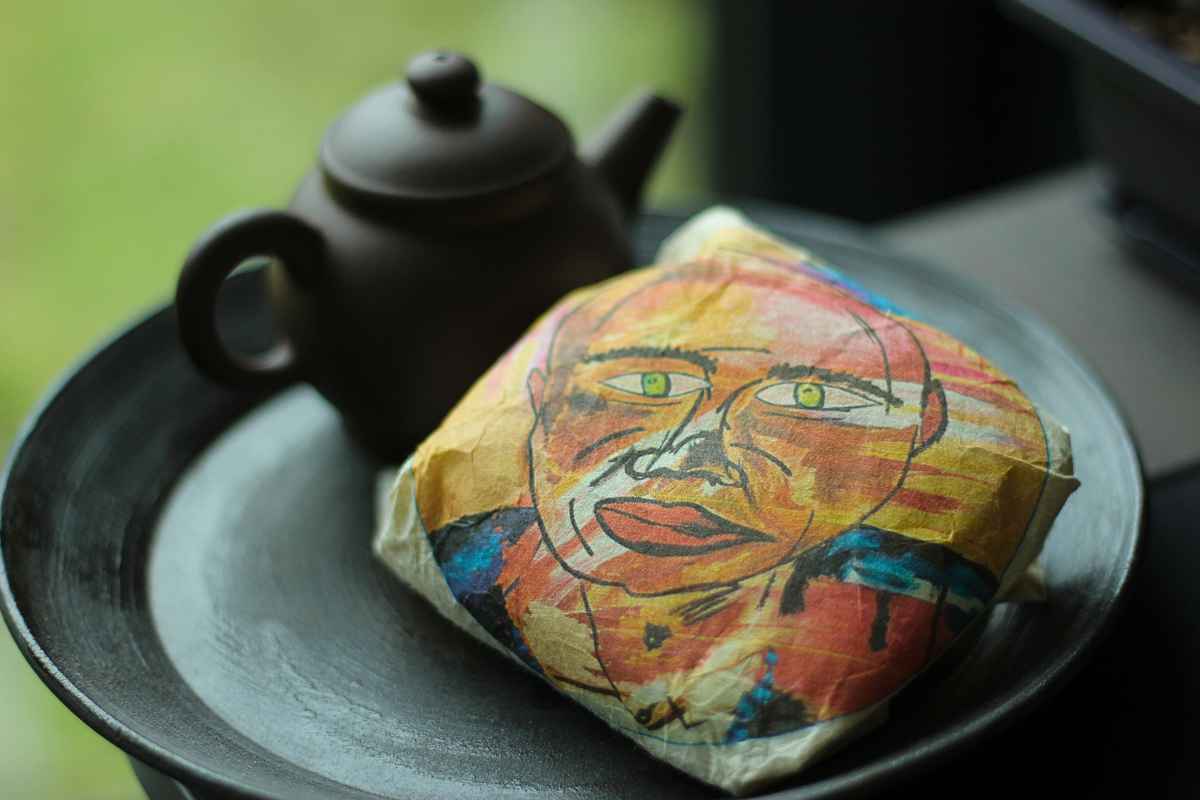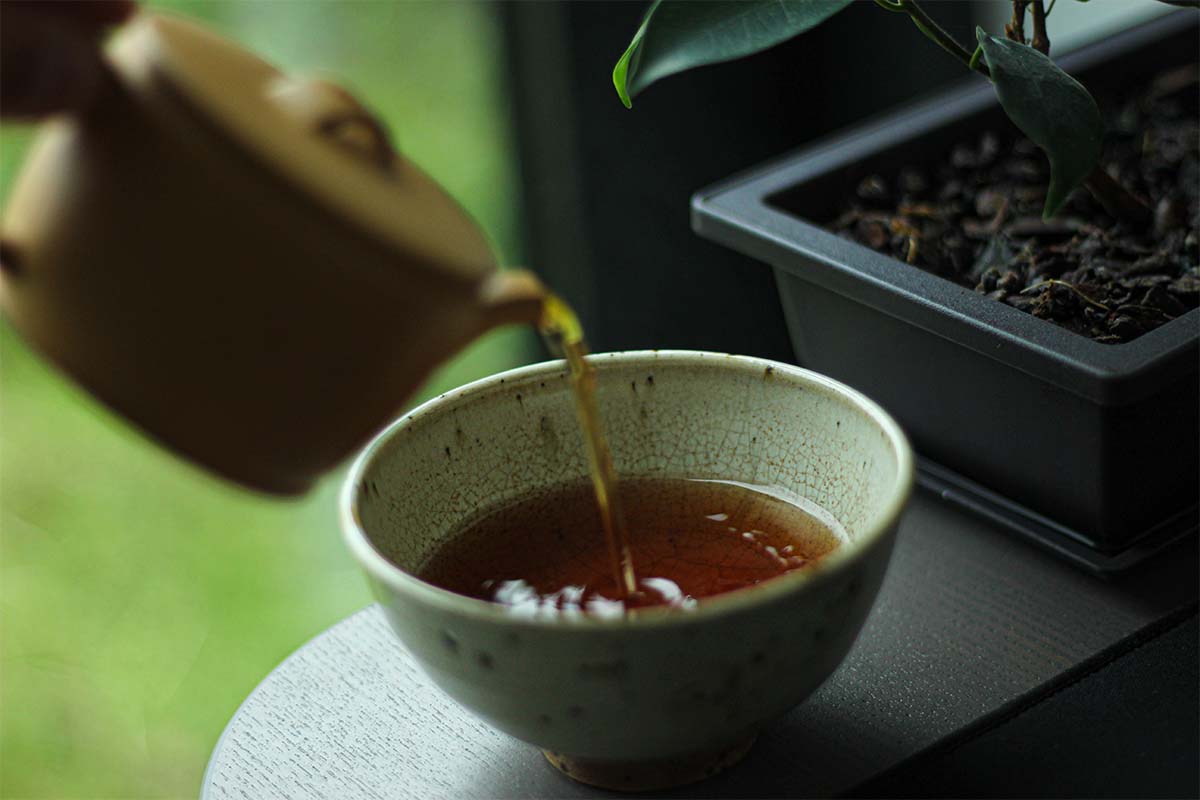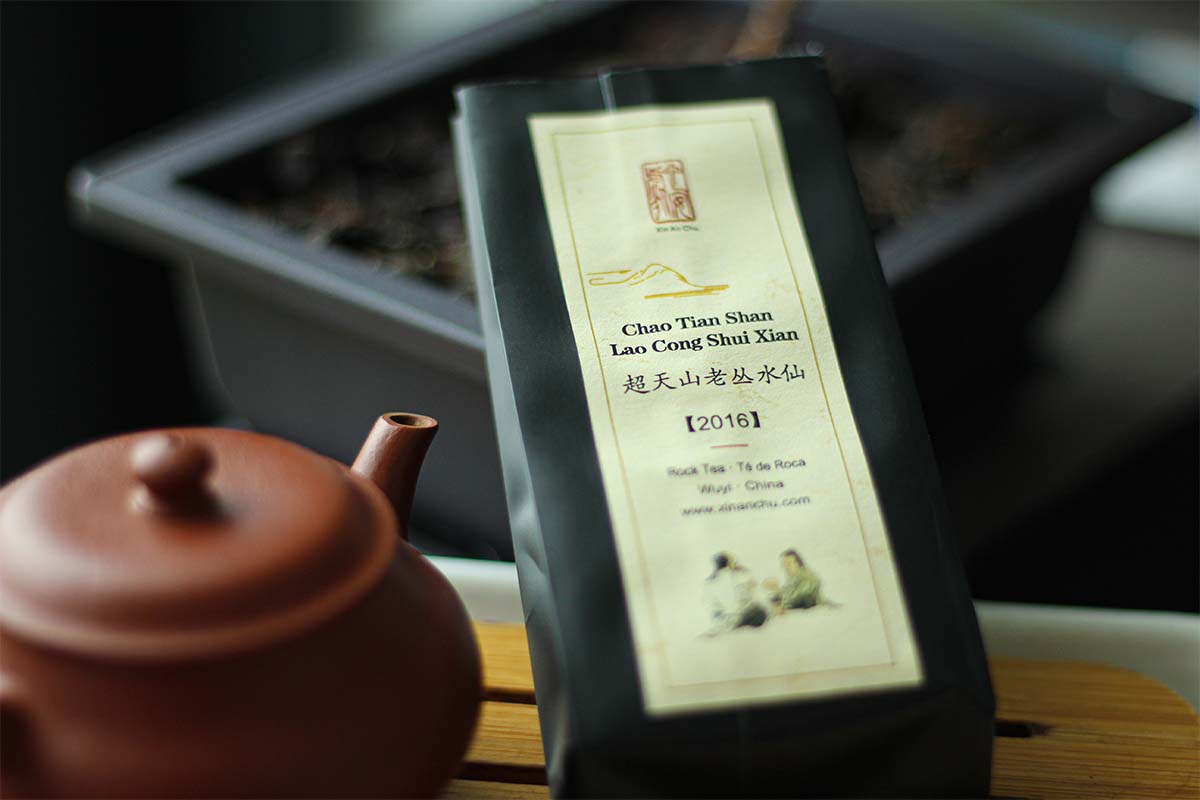Many people discard the first brew of pu-erh tea and this is called rinsing your tea. There are good reasons to rinse your tea and those are discussed in this article. It’s part of the Chinese tea ceremony but there are other reasons to rinse pu-erh tea before drinking a cup. After reading this article, you’ll know whether to rinse your pu-erh tea or not.
The short answer to the question “Do you need to rinse your pu-erh tea?” is ‘YES’! It’s part of the Chinese tea ceremony but you should also rinse pu-erh tea to remove dust, sand and other unwanted components. Rinsing pu-erh is also the way to wake up the tea leaves and prepare them for full extraction of flavors.
How to rinse pu-erh tea
Before going in-depth about why you should rinse or wash tea before drinking, it’s useful to know what is meant when someone is talking about rinsing or washing pu-erh tea.

Don’t know where to buy tea online? I made a list of over 300 online tea shops and I keep updating it regularly. You can check it over here
Rinsing pu-erh tea is showering dry tea leaves with hot water, letting it steep for 5-10 seconds, and discarding the water. You could use the rinse to warm your teacups or pour over an Yixing teapot. If you do this at the start of a tea session, your teapot will develop a nice patina to make it shiny.
Rinsing pu-erh tea
Rinsing pu-erh tea at the start of a tea session is a cultural practice that is part of Gong Fu Cha (the Chinese tea ceremony). However, that is not the only reason to rinse your tea. You can find an overview of the most common reasons to rinse your pu-erh tea below.
Rinsing as part of Gong Fu Cha
Gong Fu Cha is the name of the Chinese te ceremony and has been practiced for centuries. This practice consists of several steps that one should follow in an attempt to brew the perfect cup of tea. In reality, this is not attainable. However, one should always strive for the perfect cup.
Pouring hot water over dry tea leaves and discarding this ‘first infusion’ has been done for centuries and is part of the ritual to brew tea Gong Fu. If a practice has been done for such a long time, it’s difficult to stop doing it. Some people even consider it rude to taste the rinse.
When Gong Fu Cha was starting to develop into a real tea practice, they believed that rinsing tea leaves increases flavors, aroma, and allows for a better extraction. Because of this, it has been part of the Chinese tea ceremony ever since.
Rinsing to remove dust and sand
A practical reason to rinse your pu-erh tea is to remove any unwanted filth, dust, or sand. Pu-erh tea comes from all kinds of places in China’s Yunnan province and might have been stored anywhere in the world.
This implies that it could have been produced in a variety of sometimes unhygienic and dusty places. Dirt and sand could easily stick to the leaves during production. These components are then pressed into cakes with the leaves and are stuck until you brew a cup of pu-erh tea.
The storage might have been in filthy warehouses or dirty storage sheds and even more unwanted components or dust can stick to those precious cakes of pu-erh tea. However, in the last decade, the value of pu-erh tea has greatly increased. This means that collectors and tea shops pay more attention to pu-erh storage because they would lose a lot of money if their pu-erh cakes (and investment) were ruined because of bad storage.
If there are any unwanted components in your pu-erh tea, a quick rinse of the tea leaves will get rid of most of them to make sure you don’t drink dust, sand, or other filth from unknown places.
Rinsing to wake up tea leaves
Probably the oldest reason to rinse your pu-erh tea is to awaken the leaves and get them ready for optimal extraction. Dry tea leaves don’t release their flavors, aromas, and other chemical compounds as easily as wet tea leaves.
If you want to get the most out of your pu-erh tea, you should do a rinse at the start of the tea session. The leaves get wet and this allows for better extraction in the subsequent infusions.
Not rinsing pu-erh tea usually results in a slower extraction with the first few infusions being really subtle and less flavorful. For this reason alone, it’s best to rinse pu-erh tea. However, the other reasons listed in this article are perhaps even more important because those show why it’s better for your health.
Keep in mind that not all types of tea need a rinse to wake up the tea leaves. Rinsing is only beneficial to wake up the leaves if the leaves are tightly rolled or compressed like ball-rolled oolong or some types of hei cha. Other types of tea such as green tea should only be rinsed for a few seconds. Otherwise, some of the healthy components are washed away.
Rinsing shou pu-erh
It’s worth it to discuss rinsing shou pu-erh in more detail because it’s possible that this type of tea requires multiple rinses. Shou pu-erh is artificially fermented and usually tightly compressed.
That’s why two rinses are sometimes needed to loosen up the compressed chunk. Tight compression takes a while to open up in order for the leaves to release their flavors. If cooked pu-erh isn’t rinsed, the first few infusions will have little flavor and might even have some dust, sand or unwanted components from during the wet piling process.
During artificial fermentation, mold and bacteria are formed and sometimes there are other unwanted components that you don’t want in your tea. Especially when the fermentation was done in poor sanitary conditions. That is another reason why it won’t hurt to rinse shou pu-erh twice; to make sure you wash away unwanted mold, bacteria, sand, and even dust.




